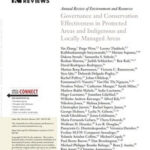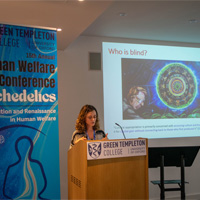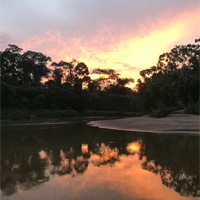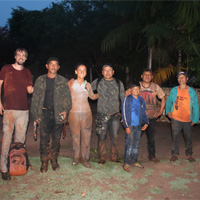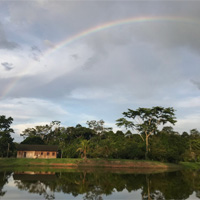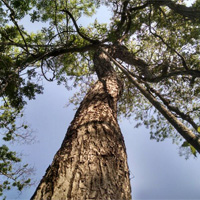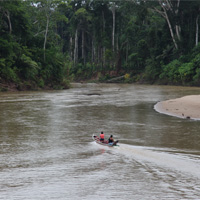Maria Fernanda Gebara, Peter H. May, Romulo S. R. Sampaio, Alice Thuault. In: Jukka Similä and Eeva Primmer. (Org.). Legal analysis of the relationship between WTO law, European state aid and nature conservation law, and economic instruments for biodiversity protection. 1ed.: 2012, p. 25-41.
The United Nations Framework Convention on Climate Change (UNFCCC) was opened for signature at the UN Conference on Environment and Development (UNCED) in Rio de Janeiro 20 years ago. Many Parties have ratified the Convention and its Kyoto Protocol up to now–with the prominent exception of the United States–and have thereby committed themselves to a measureable reduction in greenhouse gas (GHG) emissions. This study analyses the implementation of actions to reduce GHG emissions from deforestation and forest degradation under the UNFCCC. The introduction of forest initiatives has always provoked controversies between developing and developed countries and among advocacy groups—from indigenous and local communities to business and industry.
National positions on inclusion of forest activities under the Kyoto Protocol have remained highly polarized. Some representatives of developing and developed countries, among them scientists and NGOs view reducing emissions from deforestation and forest degradation (REDD+) as an opportunity to reduce GHG emissions in a cost‐effective way and also to achieve other important objectives of global environmental governance (Santilli et al 2005, IPCC 2007, Stern 2007). Others however regard the mechanism as yet another mechanism created to offset emissions from developed countries that will not be able to deal with challenging forest related issues. Brazil, for example, has always been opposed to REDD+ as a scheme that would allow emissions compensations from developed nations to gain carbon credits by supporting forest conservation in developing countries. Nevertheless, there is now widespread acceptance that REDD+ must form part of a post‐2012 international climate agreement. This policy arena involves actors from various countries with highly divergent interests ranging from development aid, commercial interests in the timber and agribusiness sectors, environmental activism to pure research. In the current stage of negotiations, despite the existence of a number of disparate national and regional regulations that address the issue no international consensus as yet exists.





